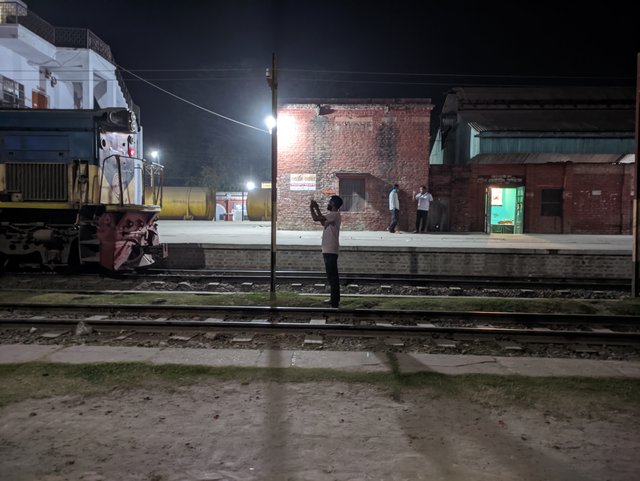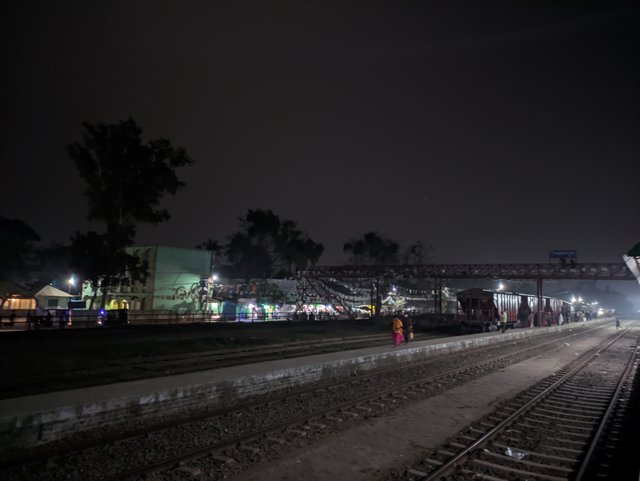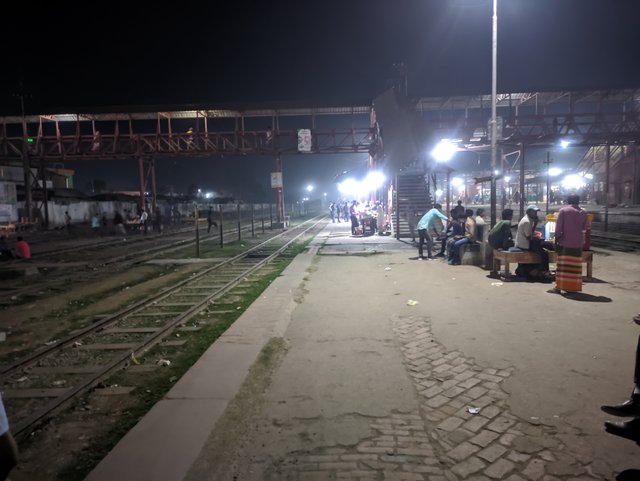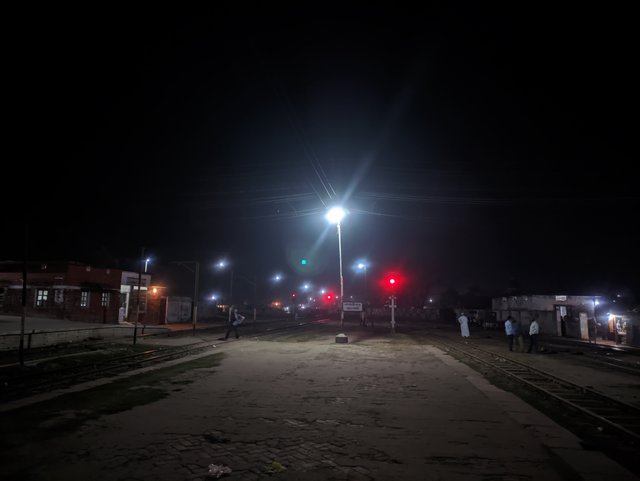Railway stations have a long and varied history. They began as simple stops on the way to your destination, but today they are some of the most iconic buildings in the world. They play an important role in our daily lives and transport us around the country and the world. Here's a look at their history:
What role did railway stations play in the development of transportation?
Railway stations played a significant role in the development of transportation. They were important for both passenger and freight transport, and helped to connect different parts of the country. Railway stations also served as important commercial hubs, providing services such as shops, restaurants, and banks. In addition, railway stations were often the focal point for social activities and entertainment. They were often central locations where people could meet and share information.

Ancient times: How did people use railways to move goods and people across distances?
Railway stations have a long and storied history, dating back to the very first days of rail travel. They've been pivotal in connecting communities across the globe, and have played an important role in the development of transportation infrastructure. Today, railway stations are still a vital part of the global economy, serving as key hubs for trade and transport.

Railways have been used for transporting goods and people across distances since ancient times. They were first developed in the mid 1800s to transport coal and other goods from mines to ports, but they soon became popular for transporting people too. Today, railways are still widely used for transportation, particularly in developed countries. They're often more efficient and faster than other forms of transportation, making them a popular option for shipping goods and passengers.
The rise of the railroad: Why did railways become so important in the early 1800s?
The railroad was one of the most important inventions of the 1800s. It made transportation between cities much easier and faster, and it also helped to stimulate the economy. Railroads were first invented in the late 1700s, but they didn't really take off until after the American Revolution. After that, many people started to build railways all over the United States. The railroads made it possible for goods to be transported quickly and cheaply across long distances. They also helped to promote trade and commerce between different parts of the country.

The first railway stations were built in England in 1825. They were simple wooden structures that served as stops on the rail line between London and Birmingham. At first, passengers just had to buy a ticket and wait for their train to arrive.
The railway station as an architectural landmark: How did railway stations change over time?
Railway stations have played an important role in the development of architecture and urban planning. They have evolved over time, from simple buildings with limited functionality to larger, more complex structures that serve as important landmarks in their respective cities. The reasons for this change are manifold, but can be attributed to a number of factors such as the advent of different types of trains, greater travel demand, and the need for more comfortable and efficient passenger facilities. In this article, we take a look at some of the most iconic railway stations around the world and discuss their importance in terms of architecture and urban planning.

Railway stations in the 20th century: How did they develop during this period?
Railways were pivotal in developing cities during the 20th century. In particular, railway stations played a significant role in facilitating urban growth and increasing commuter traffic. Many of the railway stations that were built during this time are still in use today, serving as important hubs for transportation within metropolitan areas.

What lessons can be learned from railway stations about how to design and build transportation infrastructure?
There are many lessons to be learned from railway stations when it comes to designing and building transporation systems. Railway stations are often considered the most complex and elaborate transportation hubs, and with good reason. They must handle a vast number of passengers every day, while keeping everything running smoothly and efficiently.
Some of the key lessons that can be learned from railway stations include:
Creating a well-organized and easy-to-use system is essential for passenger satisfaction.
Designing for efficiency is key, as delays can quickly turn angry commuters into frustrated ones.
Taking into account environmental factors when planning transit infrastructure is also important, as sustainable practices will help reduce overall energy consumption.
And last but not least, always consider security when planning transportation systems - railways can be a target for terrorists or other criminals.
Railway stations have a long and complicated history. They started out as simple stops on the railway track where passengers could change trains. As the railway network grew, more and more stations were built. Over time, stations became larger and more complex, with shops, restaurants, and other amenities. Today, railway stations are central hubs for transportation in many cities worldwide.